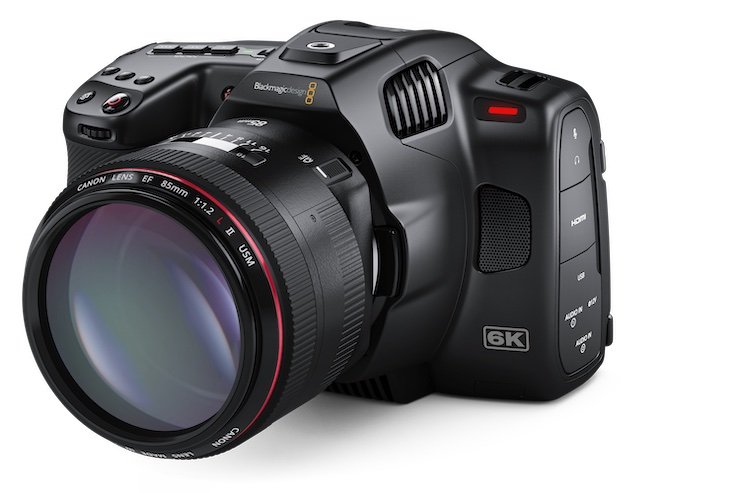Blackmagic Design recently announced that the documentary film Kyoto Chronicle was completed using the Blackmagic Cinema Camera 6K and Blackmagic Pocket Cinema Camera 6K digital film cameras, and DaVinci Resolve Studio editing, grading, visual effects (VFX), and audio post production software. The film documents the creation of a new work by artist JR, which was unveiled at the international photography festival KYOTOGRAPHIE 2025 in Kyoto.
French artist JR is renowned for his large-scale public artworks that combine street art and photography. By pasting massive black and white portraits on buildings and walls across the globe, his projects draw attention to people and social issues. Kyoto Chronicle is the latest instalment in his ongoing The Chronicle series, which brings together portraits of hundreds of local residents and workers into one monumental mural or photograph.
The new work was installed on the north wall of Kyoto Station. JR and his team set up mobile green screen studios in eight locations across Kyoto, inviting passers-by to participate. In total, 505 portraits were captured. Filmmaker Shuma Jan closely followed this process, producing the documentary.
“When JR asked me to take on the project, his request was, ‘Don’t make this about me. I want the people of Kyoto to be the protagonists.’ So I focused on filming the participants themselves, and the shoot extended over eight days,” said Shuma. The main camera used was the Blackmagic Cinema Camera 6K, with the Blackmagic Pocket Cinema Camera 6K serving as the B camera for two-camera setups.
“Because this was a documentary, we couldn’t manipulate the environment much. Using heavy lighting would interfere with JR’s work, and the conditions kept changing, so we had to keep filming as they were. If you just shoot normally in such situations, it can end up looking very ordinary. But Blackmagic Design cameras have a way of rendering ordinary moments with a touch of the extraordinary. Scenes that might look like plain documentation with other cameras instead take on a cinematic quality,” Shuma continued.
For lenses, Shuma used the NiSi ATHENA cinema prime series. “With limited time and locations, working with prime lenses was challenging, but the images they produced were beautiful,” he reflected.
Editing and colour grading were completed in DaVinci Resolve Studio. “Since JR’s artwork is in black and white, I lowered the overall saturation. Bright neon colours from traffic signs or advertisements could disrupt the intended mood, so I muted them as much as possible, creating a subdued, slightly bluish look,” explained Shuma.
“A lot of time went into the edit,” he continued. “After reviewing the rough cut, JR asked for the townspeople to stand out even more as the main characters. So in the final edit, JR gradually fades into the background as the film progresses, while the focus shifts increasingly to the people of Kyoto.”
“I’ve created all of my works so far using Blackmagic Design cameras and DaVinci Resolve Studio. With this project, I feel I was able to bring together everything I’ve learned and fully express it through these tools. Being part of JR’s project, and having him and his team appreciate the finished work, has been a truly rewarding experience,” Shuma concluded.
Visit https://www.blackmagicdesign.com/au




AloJapan.com